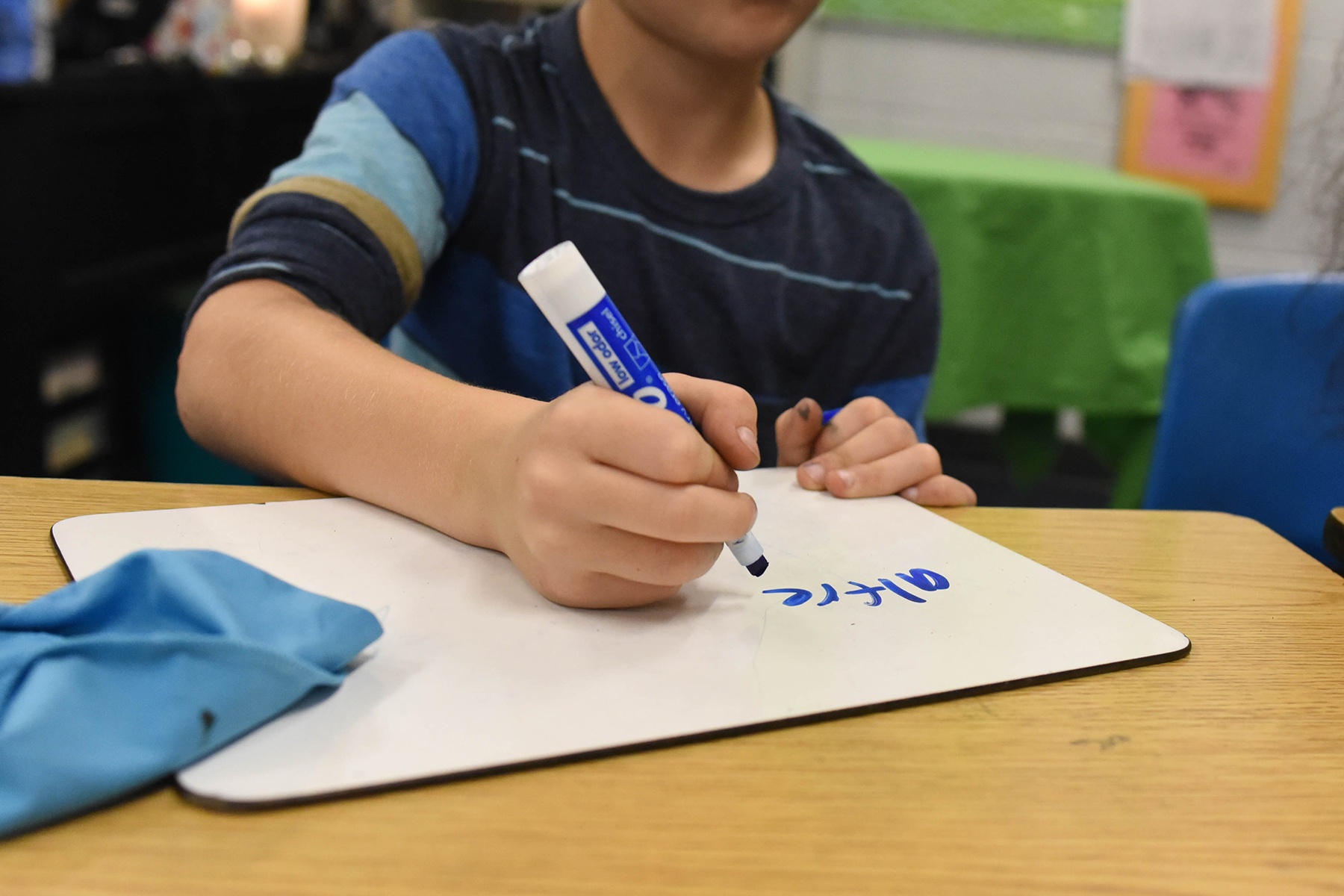Learning is now made simpler and more accessible for struggling readers, especially those with dyslexia. The use of a structured literacy approach or the Orton Gillingham approach has introduced the concept of breaking spelling and reading into more minor skills that involve sounds and letters and the development of such skills gradually. In the hands of experienced and well-trained instructors, the students could understand reading patterns, sound out or/ and decode words. If you are a parent of a dyslexia child or an educator, you might want to gain a greater insight into this learning approach to provide effective interventions. Following are some facts:
What is the principle behind the Orton Gillingham approach?
The Orton Gillingham approach focuses on developing the comprehension abilities of children by helping them read at the word level. It uses multiple senses to help students learn. A student might learn a letter by seeing it, saying it, and sounding it while writing. The approach emphasizes the understanding of ‘why’ and ‘how’ behind the learning process. The students can explore why a letter sounds differently in different words. Once they understand consistent patterns and rules, they can sound out or decode words without help.
How does the Orton Gillingham approach work?
A teacher or a specialist trained in the approach assesses the students’ reading skills and their areas of strengths and weaknesses. Students, in small groups, are then taught by instructors following a highly structured approach and a specific order. The order is based on the way students develop language naturally.
For example, the students may work on forming connections between letters and sounds. The next step is associated with recognizing the sounds in words. Students are required to master each skill before moving on to the next. If a student cannot grasp it, the instructor will teach the skill again from the beginning. The student’s goal is to apply the skills and independently decode words.
You must know the program used by your child’s school and how different programs work. The knowledge will help you assess if the school can meet the program goals and give you a better idea to assist the child at home.
What to do if you are new to or familiar with the approach?
If you are unfamiliar with the Orton Gillingham approach, it is best to gain knowledge to improve students’ education and pave the way for success. You can opt for an introductory training course to learn about the training approach and support the students’ learning at school and at home. If you want to learn about the fundamentals, you can enroll in the classroom educator course. It will provide a deeper understanding of the characteristics of learners with dyslexia, the process of teaching reading to such students, and administering informal assessments.
Educators familiar with the approach could benefit from advanced courses where basic concepts are reviewed and practical ways of implementing the strategy are learned. While the courses are available to all meeting the prerequisites, these are targeted at educators needing a thorough understanding of how they can use the approach to teach struggling readers. Participants can create in-depth lesson plans, implement differentiation, and practice prescriptive and diagnostic teaching with students by opting for the basics course.
The elaboration on the teaching approach will help you understand its significance in teaching a student with learning disabilities and take appropriate steps to facilitate the learning process.


































































